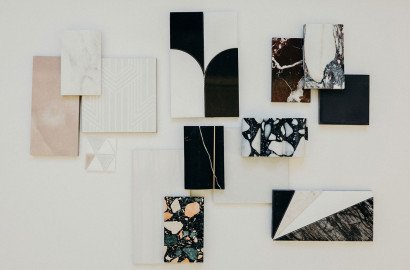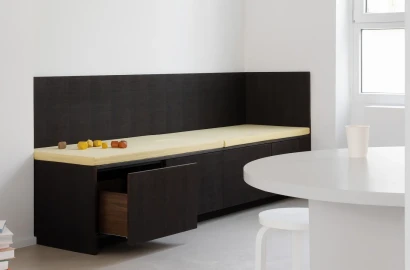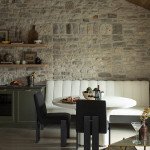
In fact, this trend is so prevalent that the AIA reports nearly 15% of all work a firm does is done for free, causing design pursuits to become loss leaders for many prospective projects. Further compounding this issue is the fact that when asked, firms say that increasing profitability is the top concern.
The Biggest Risk to Profit
Imagine this for a second—the process of ideating a beautiful building often costs firms money. Now, we could easily spiral into a tangent about the value of good design, but that's not the point here. Instead, it's about evaluating the work that happens immediately following the napkin sketch in the very early stages of design.
Inherently, this phase carries the most risk. Firms pursuing work with new clients inevitably want to put their best foot forward, which results in high-effort deliverables with low fees. Factor in the sunk cost of lost pursuits, and suddenly, the early stages of design spin up the perfect storm for unprofitable conditions. So why is this phase so prone to inefficiency and financial risk? The answer lies in the tools architects rely on—outdated, fragmented, and fundamentally ill-suited to the speed and collaboration modern projects demand. These tools typically fall into two camps.
The first group consists of tools that excel at 3D modeling but are industry-agnostic, often lacking the specific data required for AEC teams to make key design decisions. While the second group includes tools that are rich in AEC-specific data but lack advanced design modeling and form-finding capabilities.Bridging the Gap from Sketch to Design
The solution to this challenge isn't simply telling teams to work faster—it's about giving them tools to help move seamlessly from idea to execution. Enabling transformation of those early sketches into validated, data-driven designs without adding friction to the creative process.
Modern tools should enable architects to refine and iterate on their initial ideas effortlessly. Instead of forcing teams to jump between disconnected modeling and documentation software, the right tool should provide a direct pathway from concept to proposal—allowing teams to ideate, analyze, and adjust their early-stage designs without losing momentum.
Related posts:
Multifunctional furniture, in particular, can be especially helpful. Beds with integrated storage or dining tables that can be folded up and stored when they aren’t being used are practical, and often attractive, solutions. You’ll also want to think vertically—installing shelves...
In a world where living space is becoming increasingly expensive and coveted, creative solutions for stylish space-saving ideas in small apartments are more in demand than ever. Whether we are talking about dorm rooms, small apartments, or cozy mini-lofts, efficiently...


 Las Vegas Home Sales Rise 6.7 Percent Annually in January, Condo Sales Dip
Las Vegas Home Sales Rise 6.7 Percent Annually in January, Condo Sales Dip
 Average Americans Spend 38 Percent of Monthly Income on Mortgage Payments
Average Americans Spend 38 Percent of Monthly Income on Mortgage Payments
 Greater Miami Area Residential Sales Dip in January
Greater Miami Area Residential Sales Dip in January
 Discover The New Luxury Boutique Hotel In Elora
Discover The New Luxury Boutique Hotel In Elora
 Ask A Designer™: Gillian Atkins’ Tips For A Modern Country Look
Ask A Designer™: Gillian Atkins’ Tips For A Modern Country Look